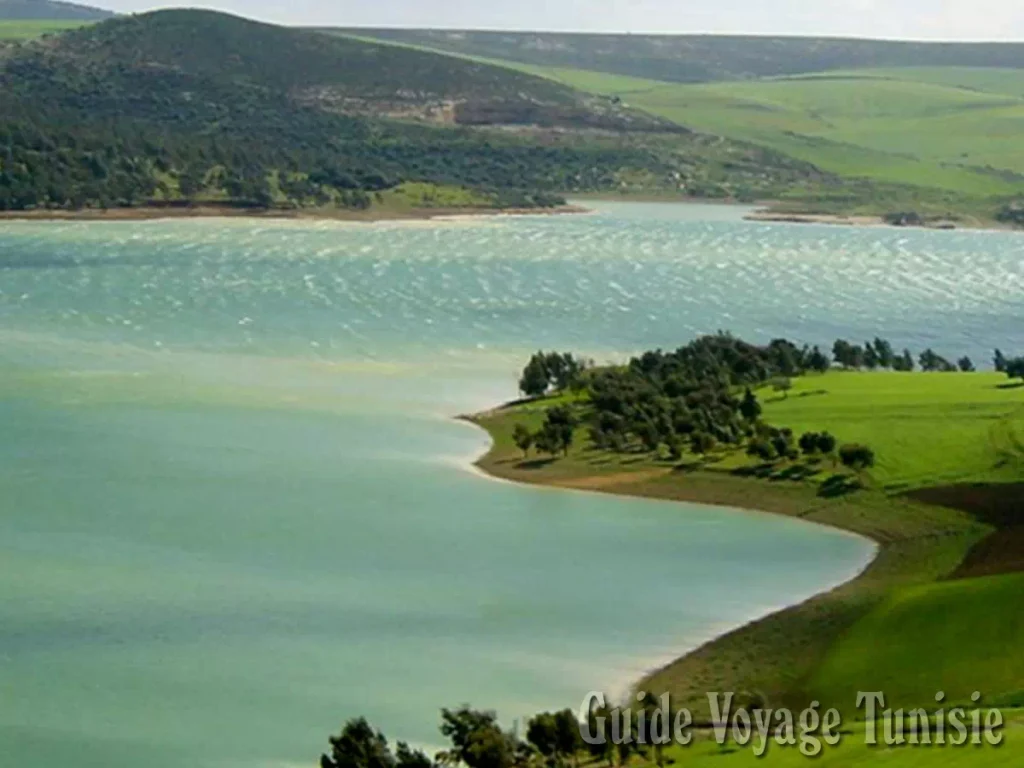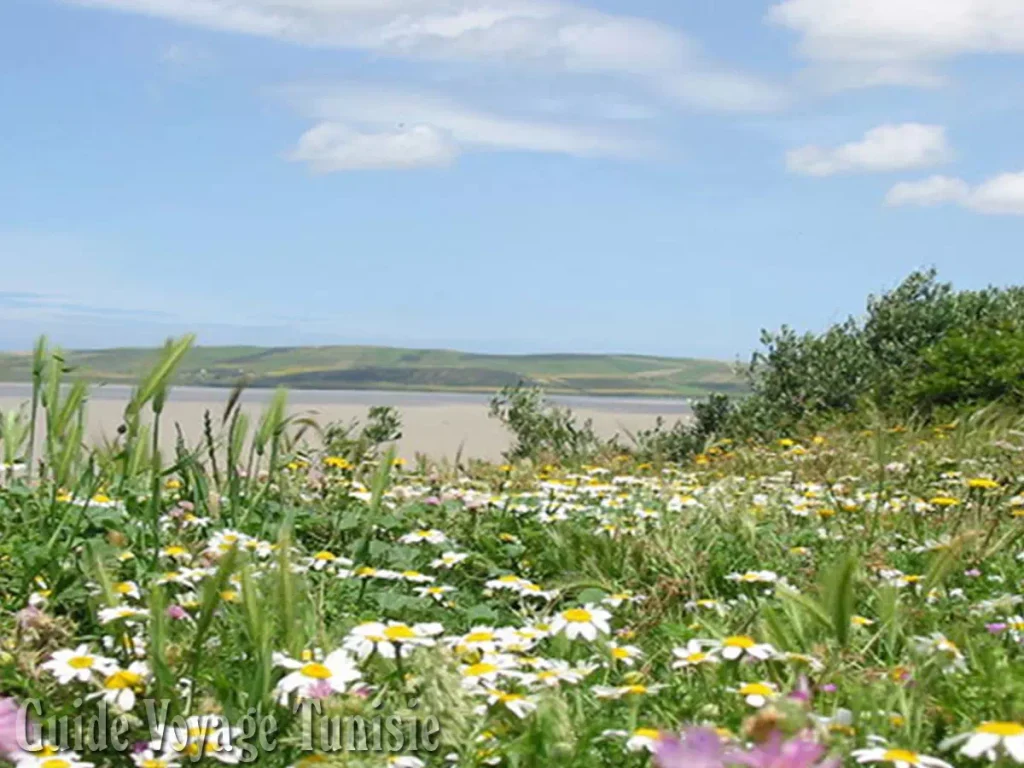Ichkeul National Park
Ichkeul National Park is located in the plain of Mateur, 75 km north of Tunis. It is part of the Governorate of Bizerte.
Covering an area of 12,600 ha, this park is made up of three landscape entities: the lake, with an average area of 8,500 ha, the surrounding marshes of 2,737 ha and finally, a Jebel, a limestone massif culminating at 511 m, which overlooks it to the south.
Ichkeul National Park was created on December 18, 1980.
The Ichkeul lake and marshes have long been recognized (along with Donana in Spain, the Camargue in France and El Kala in Algeria) as one of the four main wetlands in the western basin of the Mediterranean.
It is one of the few sites in the world registered on three international conventions:
Listed as UNESCO World Heritage in 1979:
The last large freshwater lake in North Africa, Ichkeul National Park was inscribed on UNESCO’s list of natural World Heritage sites in 1979, as an important wintering ground for hundreds of thousands of Western Palaearctic migratory waterbirds
UNESCO Biosphere Reserves in 1977:
The presence of an indigenous population inside the park itself, as well as human activities related to the conservation of natural resources, had already motivated its inclusion on the list of UNESCO Biosphere Reserves in 1977.
• The RAMSAR Convention, in 1980:
It recognizes the Ichkeul lake and marshes as a wetland of international importance as a wintering ground for thousands of migratory waterbirds, some of which are endangered.
The Ichkeul National Park is located in the subhumid bioclimatic stages with mild winters. The entire Ichkeul basin has a fairly homogeneous climate of the Mediterranean type influenced by the prevailing north-westerly winds that bring rain, making it one of the wettest northern coastal areas of Tunisia.
Ichkeul Park:
The diversity and originality of the biotopes mean that the Ichkeul National Park has an exceptional wealth of wild fauna and flora. This is how we were able to identify about 230 animal species and more than 500 plant species.
Ichkeul Lake:
Lake Ichkeul is a secondary lagoon supplied with fresh water by a catchment area with a highly developed hydrographic network covering an area of 2080 km2 and connected to the sea via Lake Bizerte via the Tinja wadi (long natural canal of 5 km).
The Jebel of Ichkeul:
Jebel Ichkeul is a remarkable landscape site. It is a limestone point 511 meters above sea level from which you can enjoy a vast panorama of the lake and the marshes.
The vegetation of the Jebel consists essentially of a Mediterranean forest maquis made up of Oleaster, Carob, Lentisk, Juniper of Phoenicia, Filiary, Calicotome, Caper…
At the foot of Jebel Ichkeul spring hot thermal springs (42°C) which are renowned for their therapeutic values.
On the northeastern tip of the Jebel is an ecomuseum where you can visit a permanent exhibition evoking the ecological importance of the park.
A reception center has been built near the entrance to the park, for training and research purposes, equipped with a laboratory, a conference room, and a library.
Birds and animals at Ichkeur:
Ichkeul represents a place of refuge for birds of Nordic origin which come to spend the winter there, for Mediterranean species, on the other hand, it constitutes a place of reproduction. But it is also, in autumn and spring, an essential stopover for migratory birds making a long journey between Eurasia and sub-Saharan Africa.
Every winter, the Ichkeul National Park welcomes tens of thousands of waterfowl (up to 200 to 250,000 birds). This population of wintering water birds is represented by pochards, coots, whistling ducks but also other species such as shovelers, winter teal and pintails…
The lake and the marshes are home to many other species of wintering birds, such as the gray heron, the great egret, the spoonbill, the waders…
The Jebel also hosts certain wintering species such as the rock swallow, the red tailed black which rub shoulders with sedentary species such as the Rubiette de Moussier and certain birds of prey including the Bonelli’s eagle…
The Ichkeul National Park is well visited by Tunisian and foreign tourists, whose number varies from 30,000 to 60,000 visitors/year. It is mainly Tunisian visitors who come to the park (Jebel side) during the spring to have picnics as well as schoolchildren, pupils and students, not to mention researchers. Foreigners come to the park to experience a site of international importance, for the beauty of the site or for the Observation especially of the avifauna. Hikes and guided tours are organized by associations and nature lovers.
Ichkeul National Park in pictures

